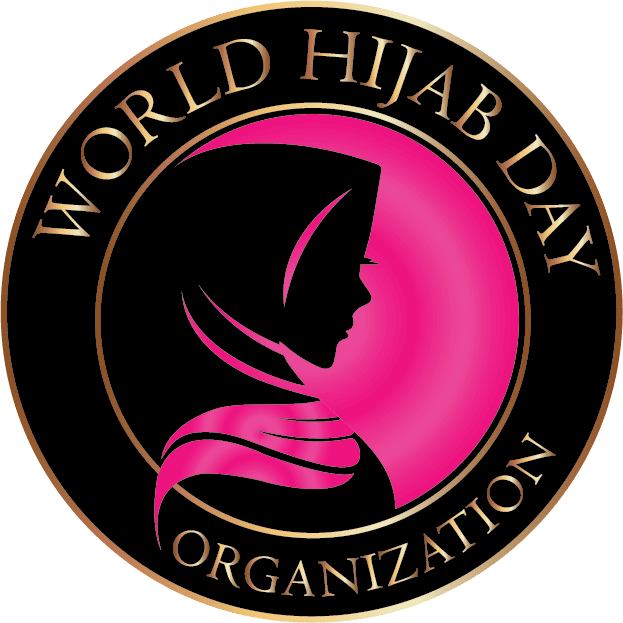By Famidah Mundir Dirampaten
Some people see the hijab as a sign of oppression or a threat to their values. Others see it as a symbol of courage and identity. For me, the hijab is a way to express my faith and my feminism. It’s not a contradiction, but a celebration of who I am. Its challenges have transformed my life.
A few years ago, a relative from Virginia, Ate Sam, surprised me with a life-changing proposal I couldn’t refuse during our memorable US trip. She encouraged me to stay and study there, assuring me of her support and care. Her kindness and belief in me moved me. I felt a surge of excitement and a pang of fear. Was this fate? I shared the US dream with many Filipinos. I wished to explore, learn, and live in that country. But being a hijabi in the land of the free was not a walk in the park.
Based on my personal experiences, I’ve realized that the hijab, a sign of Muslim identity, can cause unfamiliar or misinformed responses. Some may face hostility, discrimination, or Islamophobia. An increase in claims of discrimination and harassment against Muslim women in the US who choose to wear the headscarf followed the events of September 11, 2001. American Civil Liberties Union (ACLU) reports that Muslim women who wear the hijab have been verbally and physically assaulted, lost their jobs, and been limited in their access to public places. Women who chose to cover their heads in public were far more likely to experience harassment and bigotry, according to another study published by Cambridge University Press.
Walking the Western route as a hijabi has been an adventure of self-discovery, full of ups and downs. I sensed I was on uncharted ground when I chose to keep my hijab while living in the US. I faced the bitter truth of society’s assumptions and stereotypes about Islam and Muslim women. The stares, whispers, and prejudice made me feel different, like an “outsider.” Regardless, I embraced my individuality as an introvert and recluse, which helped me ignore the opinions of others.
Still, I was my own worst critic. What pained me were the Islamophobic and xenophobic acts towards Muslims, especially hijabis like myself. Some doubted my intelligence or independence. Others hurt me with words or actions. For example, I encountered Islamophobia from different people in public spaces such as enduring offensive remarks from an elderly guy on the subway and being subjected to the taunts of a group of young boys while waiting for the Metro trains. The derogatory statements directed towards me included phrases such as, “You’re not welcome here with your backward beliefs and your terrorist sympathies,” and ‘Shouldn’t you return home?” Even though these encounters were emotionally draining, I’ve never been physically assaulted, alhamdulillah. However, I used these experiences to fuel my curiosity and challenge societal norms and misperceptions about Muslim women. I embraced my duty to educate those around me about my faith and hijab. I grew strong and confident in the process.
To wear and maintain the hijab was a tough choice because of the above experiences. What helped was that I remembered my worth and identity. I became resilient in defending my beliefs. Embracing the hijabi identity was a journey of self-discovery and self-acceptance. It brought me peace and empowerment. But not all hijabis feel this way. Some face more discrimination and prejudice. They feel excluded and isolated. They feel anxious and threatened. This can affect their mental well-being. Despite their resilience and strength, these individuals may constantly face challenges to their faith and identity. According to a study conducted by the PEW Research Center, the majority of Muslim women, specifically 69%, choose not to wear hijab. I’m appalled by how adversity can, in some instances, indirectly strip away one’s sense of identity.
Overcoming adversity is more than just sharing stories. It requires active involvement, empathy, and a readiness to challenge our own and others’ assumptions. It also needs spaces where people from different cultures can talk and find common ground. This is how we can overcome adversity and build a society that values diversity and our shared humanity.
Education and engagement are key to inclusivity. It is not enough to simply wear the hijab and hope for acceptance; rather, it requires actively educating ourselves and others about Islam and its teachings. We can break barriers and bridge gaps by talking and building relationships with different people. This journey taught me empathy and the need to challenge our biases. As a hijabi, I work for understanding, acceptance and inclusion. The hijab ties me to the World Hijab Day Organization, a supportive community of like-minded individuals that fosters a sense of belonging and sisterhood. We can pull one another up by sharing our experiences and supporting each other, creating a positive and encouraging environment.
#VeiledInStrength
ABOUT THE AUTHOR:

Famidah Mundir Dirampaten is the Assistant Editor for the World Hijab Day (WHD) Organization. She took up a Master of Arts in Religious Studies with concentrations in Interfaith Peacebuilding and Nonprofit Leadership at the HJ International Graduate School for Peace & Public Leadership (formerly Unifications Theological Seminary) in New York. She is currently based in Doha, Qatar. Instagram@famidz


